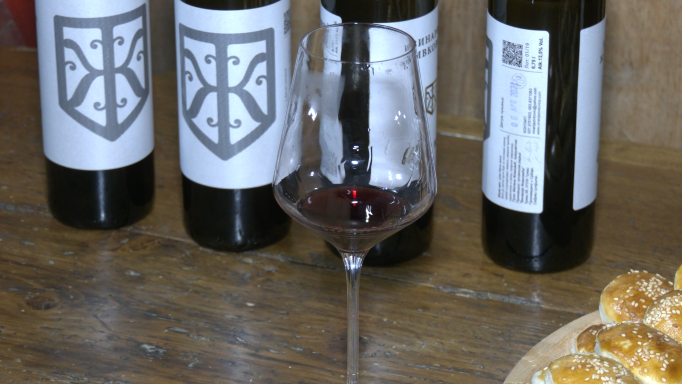The world wine landscape in 2025 will be shaped by numerous trends, from changes in consumer preferences to climate challenges and new technologies. Younger generations prefer lesser-known wine varieties, such as Albariño and Chenin Blanc, instead of classic varieties such as Cabernet Sauvignon and Chardonnay. These alternative varieties offer unique aromas and tastes, making them increasingly popular among modern wine drinkers. Traditional varieties are increasingly losing their exclusivity and are often compared to mass-produced products.
At the same time, natural and organic wines are evolving towards higher quality products without technological flaws. Consumers are increasingly appreciating drinks that reflect the terroir and have a minimal use of sulfites, but without compromising on quality. Top sommeliers emphasize the importance of balancing the authenticity and technical correctness of wine in order to preserve its value.
White wine continues to grow in popularity, while red wine consumption is globally declining. Statistics show that white wines now account for 43% of global consumption, with significant growth over the past two decades. In the USA, the largest white wine market, consumption has increased by 65% since 2000. On the other hand, red wine has seen a decline of over 15% since 2007, indicating a long-term change in consumer preferences.

What is required of wine today?
Authentic experiences are becoming a key factor in the wine world. Consumers want more than good taste – they are looking for story, character and affordability. Lesser-known regions, freed from high expectations, lead the way in providing these experiences. Thanks to the Internet, wine lovers can directly order products from different parts of the world, bypassing local distributors and discovering new tastes.
Alternative packaging is becoming more common. While collectible wines will remain in traditional glass bottles, consumer beverages are increasingly coming in environmentally friendly formats such as cans. Cans are light, practical, have a smaller carbon footprint and are perfect for outdoor activities. Renowned wineries are also accepting this trend, setting standards for sustainability in the wine industry.

Climate change further complicates production, requiring adaptation in all segments. Together, these trends point to a dynamic future for the wine world, where innovation, authenticity and sustainability play key roles.
Source: AgroTV
Source: boljazemlja.com


